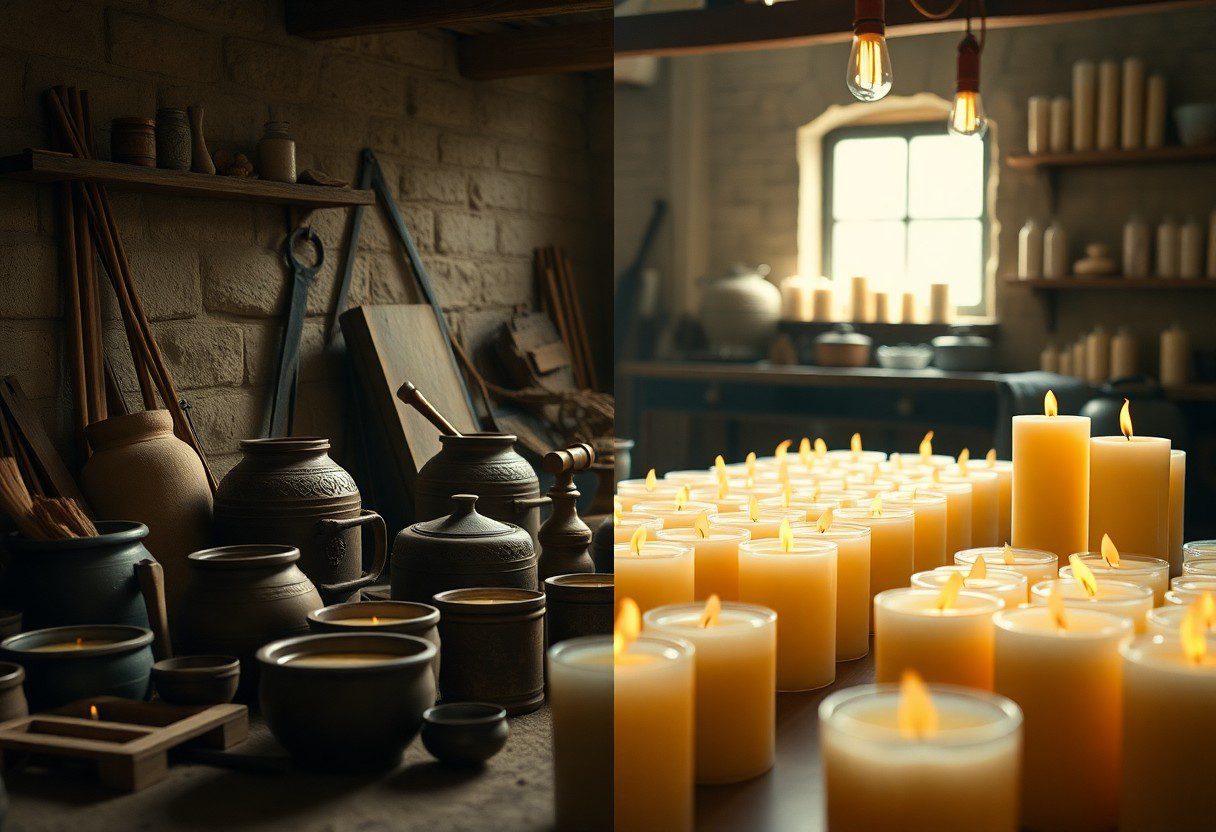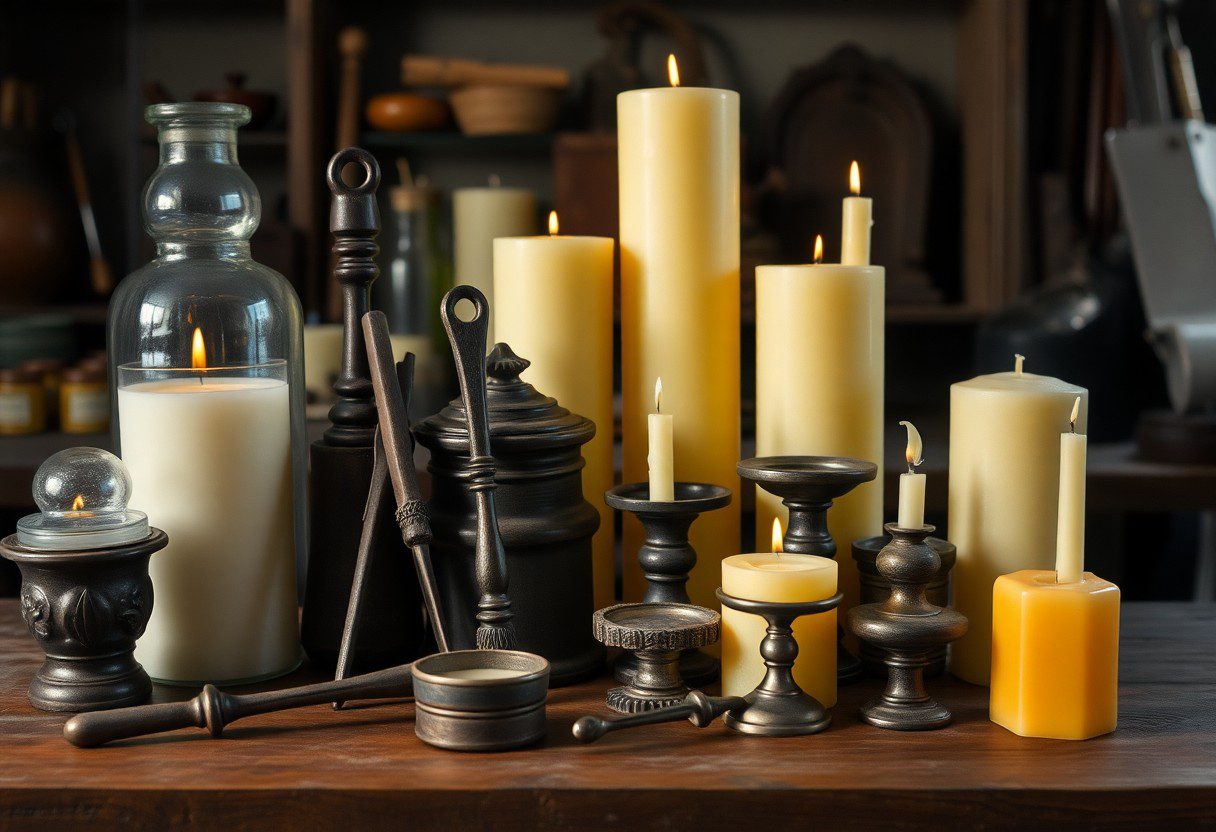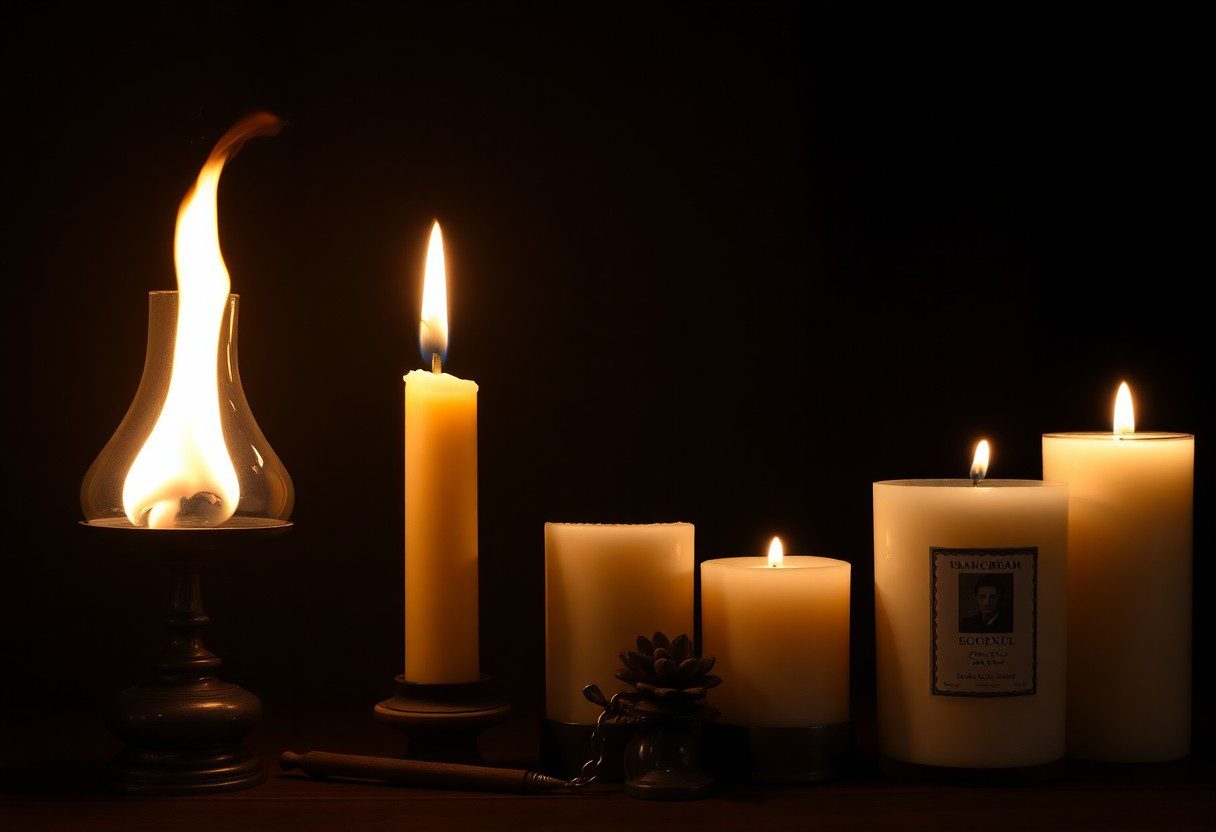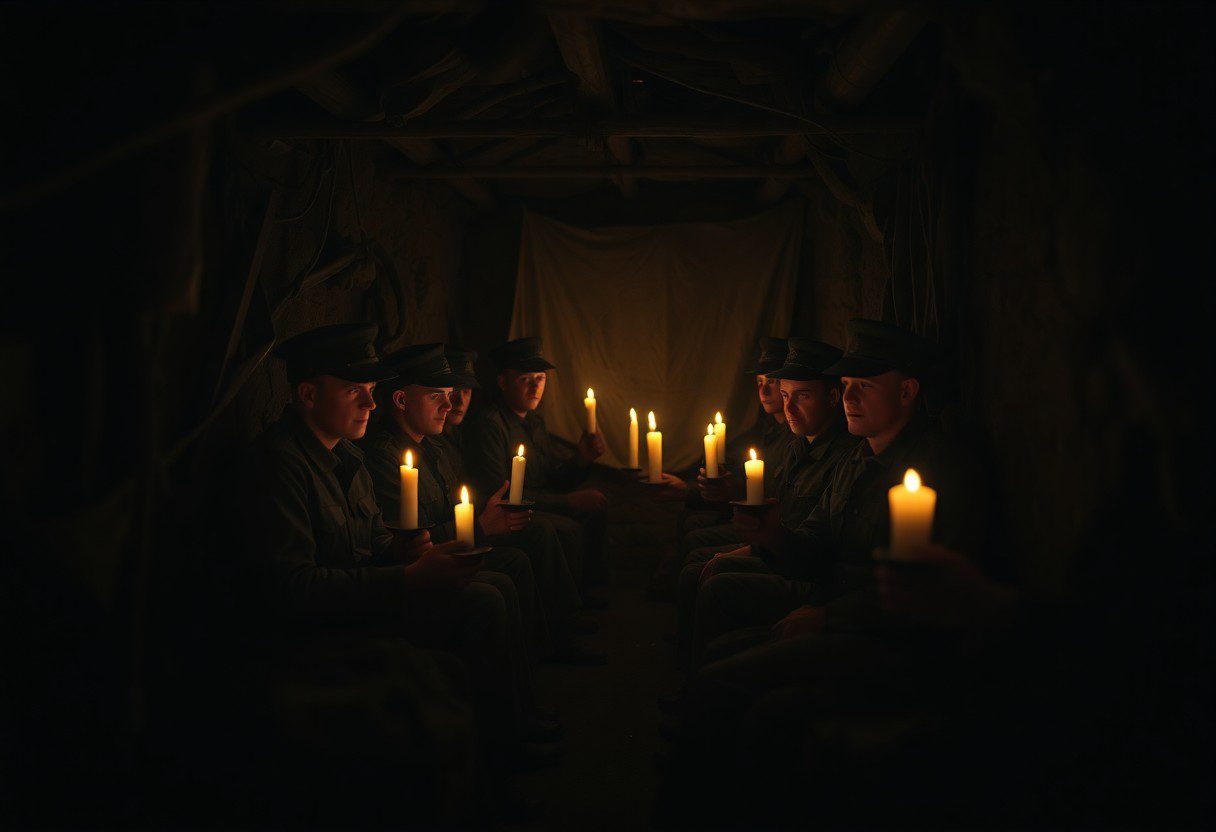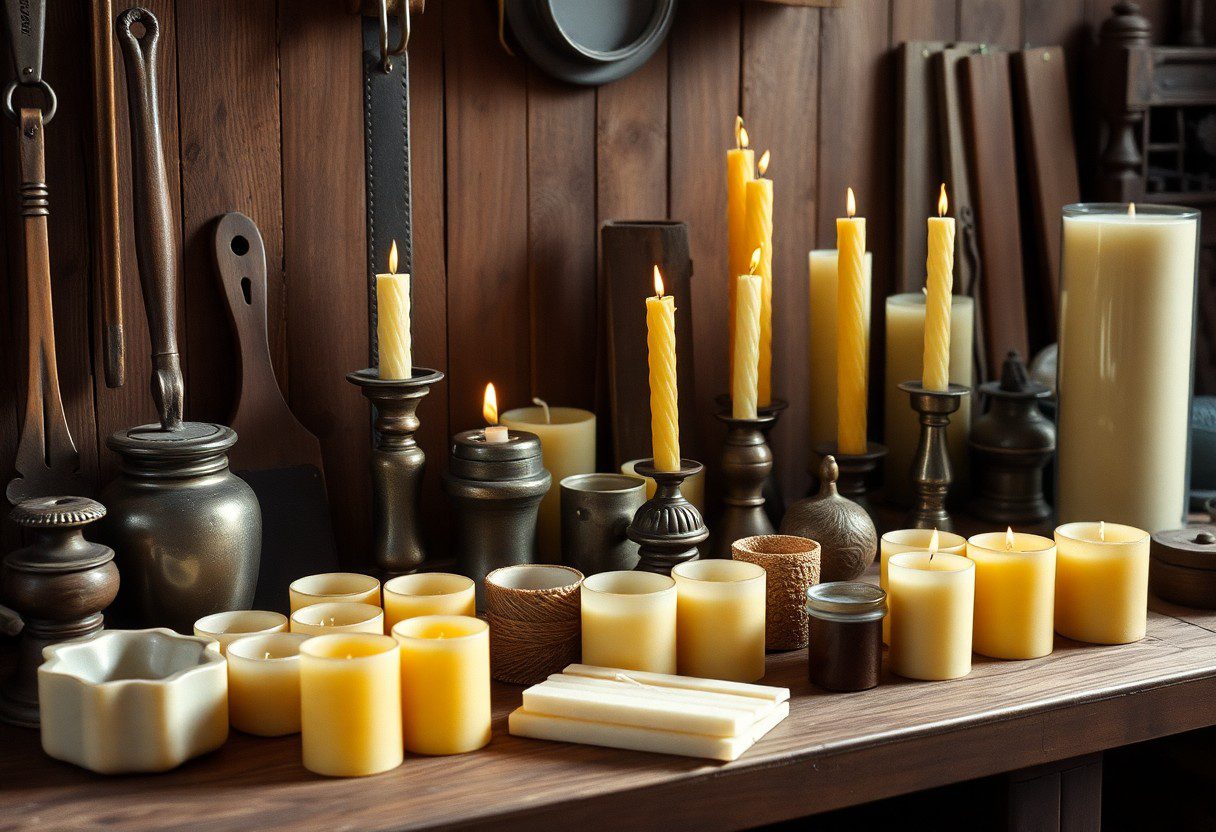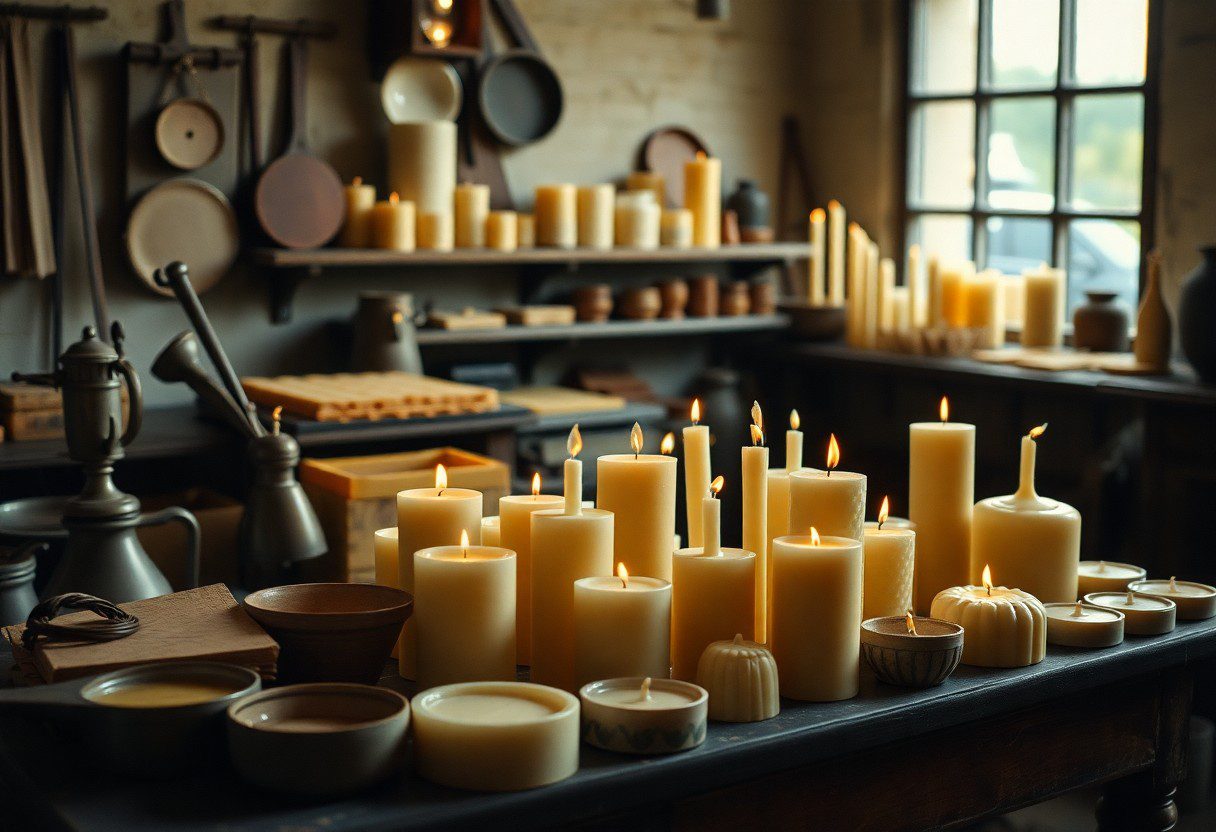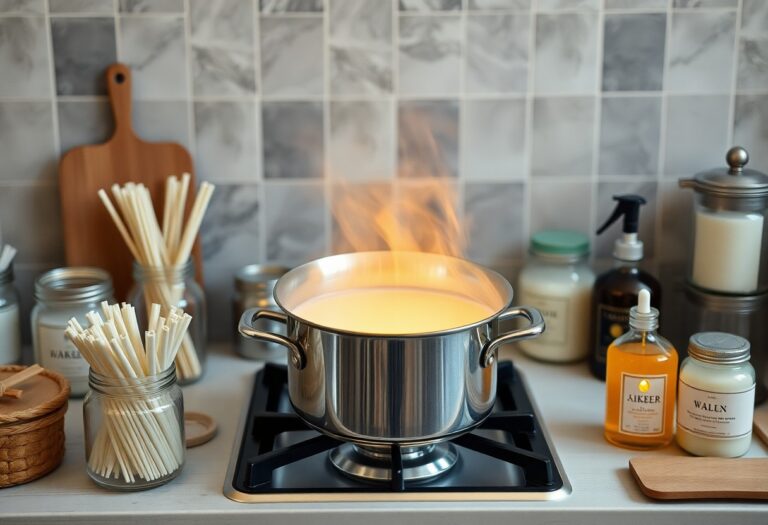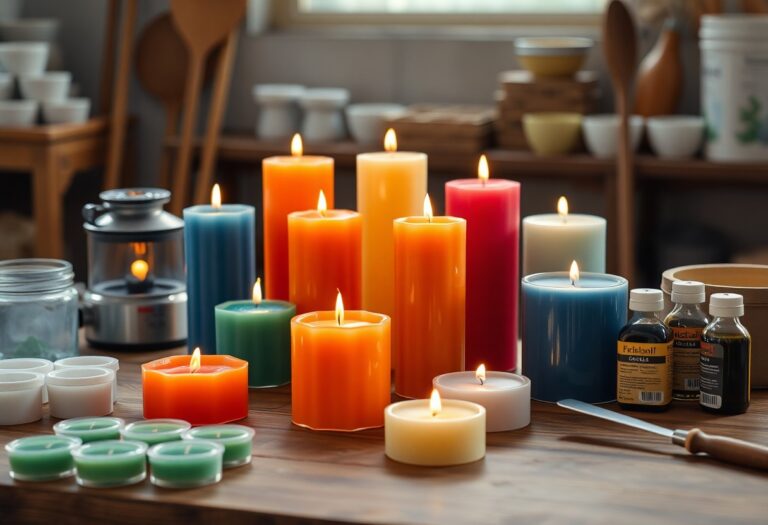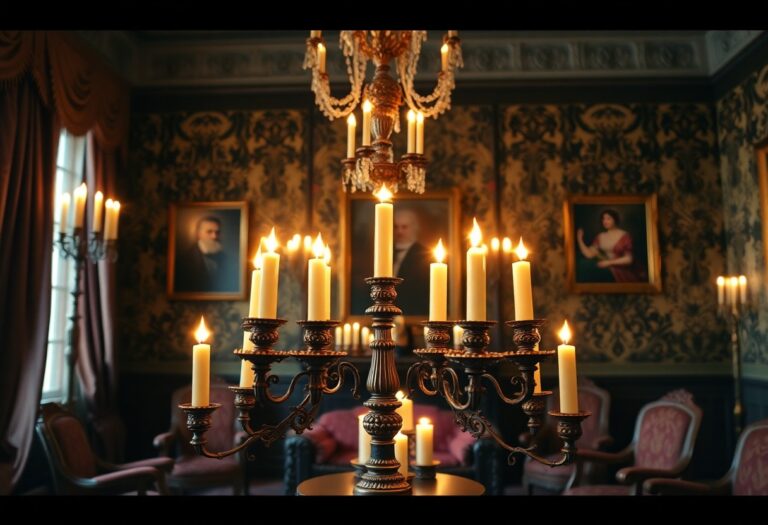A Brief History Of Candle Companies – Pioneers In Lighting Innovations
There’s a fascinating journey behind candle companies, whose innovations have shaped the way we illuminate our lives. As you research into this brief history, you’ll discover how these pioneers harnessed natural waxes and oils to create safe, glowing light sources, transforming darkness into comfort. From their beginnings in ancient civilizations to the modern-day artistry and environmental considerations in candle-making, you’ll gain insights into the evolution of this beloved product. Join us as you explore the remarkable trajectory of these companies, highlighting their impact on lighting and ambiance throughout the ages.
The Early Beginnings of Candle Making
The history of candle making can be traced back thousands of years, with its origins closely tied to the need for illumination in the dark. Early candles were made from a variety of materials, often depending on what was locally available. As civilizations blossomed, so did the methods and materials used in creating candles, marking a significant evolution in the art of lighting. By examining these ancient practices, you can gain a deeper appreciation for how these simple yet vital tools have shaped human experience and cultural significance.
Ancient Civilizations and Wax Sources
One of the earliest known uses of candles can be found in ancient Egypt around 3000 BC, where rushes were soaked in melted animal fat to produce a rudimentary form of a candle. The ancient Greeks and Romans later enhanced this technique by using beeswax, which not only burned brighter but also emitted a pleasing scent. You may also find it interesting that wax sources varied significantly; for instance, the Chinese utilized bayberries while in Japan, candles were crafted from tree sap. The continuous experimentation with different materials laid the groundwork for the diverse candle-making techniques that would follow.
The Rise of Tallow and Beeswax Candles
Around the Middle Ages, tallow and beeswax became the primary materials for candle production. While tallow—rendered from animal fat—was widely accessible and cheap, it produced a candle with a foul odor and smoky flame. In contrast, beeswax was much more desirable for its clean-burning properties and delightful scent, but it remained relatively expensive. This discrepancy led to a mix-and-match approach, where tallow candles were commonly used for everyday purposes, and beeswax candles became a luxury item often reserved for religious ceremonies or the wealthy elite.
At this pivotal time, candle making transitioned from a domestic craft to a more specialized trade. Candle makers established guilds to ensure quality and regulate production, which provided them with greater visibility and influenced societal monikers of wealth and status. This led to the popularization of candles not just for lighting, but also for decorative purposes, paving the way for the diverse range of modern candles you see today. The innovation in materials and techniques during this period marked a turning point in the history of candle making, setting the stage for future advancements in both function and design.
The Industrial Revolution and Candle Innovations
Some of the most significant changes in candle manufacturing came about during the Industrial Revolution, which transformed many aspects of daily life and technology. The rise of factories and mechanization allowed for new materials and methods to be embraced, greatly improving the quality and affordability of candles. As you dive deeper into this era, you will discover how traditional candle-making techniques evolved into more efficient processes, allowing for a broader market reach and a wider variety of products that catered to different needs and preferences.
Introduction of Paraffin Wax
Beside innovations in production, the introduction of paraffin wax marked a significant turning point in candle history. Discovered as a byproduct of petroleum refining in the mid-19th century, paraffin wax offered several advantages over traditional tallow and beeswax. For you as a candle enthusiast, one of the most notable benefits was its affordability and availability. This new wax burn cleaner and had a longer shelf life, making it a favored choice for manufacturers that aimed to supply the growing demand.
The Advent of Mass Production
One of the most transformative advancements during this period was the advent of mass production techniques in candle manufacturing. This shift drastically reduced the cost of candles, making them accessible to a broader audience. You may find it fascinating that by utilizing machines to create uniform candles, companies could produce large quantities efficiently, meeting the increasing demand fueled by urbanization and changing lifestyles.
This era of mass production also facilitated the rise of candle companies that specialized in innovative designs and scents, catering to various customer preferences. As an industry, they capitalized on the expanding market fueled by growing household incomes and changing social norms. The candle’s once humble, utilitarian purpose evolved into a form of decoration and self-expression, leading to a rich tapestry of options available to you as a consumer today.
The Emergence of Candle Companies
Even in the earliest days of candle-making, the demand for efficient lighting drove innovations in material and design. As part of this growing interest in artificial lighting, pioneering companies began to emerge, standing out in your mind as key players in elevating the quality and accessibility of candles. By the 19th century, the popularity of candles as a source of light and ambiance expanded, paving the way for specialized businesses that focused on producing them on a larger scale. This industry proved important not only for practical use but also for decorative purposes in homes and places of worship, where candles became symbols of warmth and illumination.
Pioneering Companies in the 19th Century
By the time the 19th century rolled in, several companies began to distinguish themselves in the candle-making landscape. Names like E.B. Horn, which focused on producing high-quality tallow, and the esteemed American Company, known for their paraffin wax innovations, gained prominent recognition. These businesses laid the foundation for future developments and your understanding of what defines a successful candle company today. They introduced standardized practices and machinery that enhanced the production process, enabling consistent quality and availability that was previously unattainable in handmade products.
Innovations in Design and Functionality
Companies began exploring various materials and techniques to improve the effectiveness and aesthetics of candles. This period saw the transition from traditional tallow and beeswax to the more versatile paraffin wax, which allowed for longer burn times and a cleaner flame. The introduction of additives, such as colorants and fragrances, also transformed your experience with candles, making them not just a light source but also an important element of home decor and ambiance.
Candle designs evolved prominently during this time as artisans ventured into creating uniquely shaped candles and intricate molds, appealing to the artistic sensibilities of consumers. This innovation wasn’t limited to appearance; many companies integrated functional elements into their designs, such as self-extinguishing features or burn-proof containers, which enhanced safety and convenience. By focusing on both form and function, these pioneering companies opened the door for the diverse and expressive candle market you enjoy today.
The Role of Scented Candles and Aromatherapy
Now, the journey into the world of scented candles reveals an intersection of creativity and well-being that has gained immense popularity in recent years. You might find that these candles do more than illuminate a room; they can also transform your mood and enhance your environment through the power of scent. By incorporating various important oils and fragrances, many candle companies have tapped into the ancient practice of aromatherapy, creating products that can elevate your spirit, reduce stress, and even promote relaxation. If you’re intrigued by the history and evolution of these innovations, you can explore The History of Candles: Illuminating the Past.
Early Uses of Scents in Candle Making
Against the backdrop of early civilizations, scented candles served not only as a source of light but also as a medium for creating atmosphere during religious and social gatherings. Ancient Egyptians and Romans were known to blend various oils and resins into the wax for their candles, believing that the fragrances could purify the air and invoke the presence of deities. This use of scents was rooted in spiritual significance and was often tied to rituals and ceremonies that highlighted their importance in everyday life.
Modern Trends in Scented Candle Companies
After many centuries, the scented candle market has evolved into a thriving industry that emphasizes wellness and self-care. You will notice that contemporary companies often curate their scents to align with specific moods or themes, enabling you to craft your personal environment depending on the occasion or your feelings. Eco-conscious practices are also becoming a hallmark of respected brands, with a focus on natural ingredients and sustainable sourcing.
Consequently, your choices in scented candles have expanded, allowing you to embrace a more holistic lifestyle. Many brands now offer candles created from soy wax or beeswax, which burn cleaner than traditional paraffin options. Additionally, there’s a focus on non-toxic fragrances, ensuring that you enjoy the ambiance and benefits of aromatherapy without compromising your health. The blend of stylish designs and beneficial properties makes modern scented candles a prominent feature in homes and wellness spaces.
The Influence of Technology on Candle Production
Your understanding of candle production would be incomplete without acknowledging the profound influence of technology over the years. As candle-making evolved, innovations played a vital role in enhancing both the quality and efficiency of production. From simple hand-poured methods to industrial manufacturing, technology has enabled candle companies to meet the growing demand while ensuring consistency and quality in their products. For an in-depth look at the History of candle-making, the evolution of practices showcases how each technological advance contributed to the market’s dynamics, influencing consumer preferences and lifestyle choices.
Advances in Manufacturing Techniques
Before the late 19th century, candle production was predominantly a small-scale, manual process. Artisans crafted candles using basic tools and traditional methods, often resulting in inconsistencies in size, shape, and burn quality. However, with the introduction of advanced manufacturing techniques such as mechanization, the industry saw a remarkable shift. The use of molds and automated pouring systems allowed companies to produce candles at a larger scale and with greater uniformity, enhancing their appeal to a broader audience.
These innovations in manufacturing have not only led to an increase in production efficiency but also greatly improved the safety of candle-making. With more precise control over formulas and processes, manufacturers can create candles that burn cleaner and longer, reducing the risk of soot buildup and ensuring a better experience for consumers. This transformation in production methods laid the foundation for the modern candle industry, empowering businesses to explore new designs and fragrances that cater to diverse preferences.
The Digital Age and E-commerce
Below the surface of traditional candle production lies the revolutionary impact of the digital age and e-commerce. The rise of the internet has changed how candle companies market and sell their products, allowing small businesses and established brands alike to reach global audiences. With online platforms, companies are no longer limited to local markets and have the ability to showcase their unique products to customers from every corner of the world. This expansion has led to fierce competition but also enriched the market with diverse offerings, ranging from artisanal hand-poured candles to mass-produced varieties.
Techniques such as targeted online marketing and social media engagement have allowed candle brands to build strong communities and connected customer bases. Through robust e-commerce strategies, businesses can gather real-time data on customer preferences and trends, enabling them to tailor their offerings and improve customer satisfaction. Ultimately, the digital era has not only increased accessibility and choice for you as a consumer but has also empowered candle makers to experiment with new ideas and foster innovative collaborations in a rapidly evolving marketplace.
Sustainability in Candle Production
All candle companies today are increasingly recognizing the importance of sustainability in their production processes. In response to growing environmental concerns, more brands are committing to eco-friendly materials and sustainable practices that reduce their carbon footprint. You’ll find that many companies are now opting for natural waxes like soy, beeswax, and coconut, which not only burn cleaner but also support sustainable farming practices. Additionally, the use of recyclable and biodegradable packaging has become standard practice to minimize waste and decrease environmental impact. As a consumer, it’s beneficial for you to seek out candles that prioritize these green initiatives, ensuring that your purchasing decisions contribute positively to the planet.
Eco-Friendly Materials and Practices
Practices in candle production have evolved over the years, with a significant shift toward the use of renewable resources. Traditional paraffin candles, derived from petroleum, have been under scrutiny for their potential health hazards and unsustainable nature. This realization has driven candle makers to explore alternatives that are not only better for the environment but also enhance the overall quality of their products. When choosing candles for your space, it’s worthwhile to consider those crafted from natural materials, such as plant-based waxes and necessary oils, which promote a healthier indoor atmosphere.
Consumer Demand for Sustainable Products
Along with the push for eco-friendly materials, there is a palpable rise in consumer demand for sustainable products across all sectors, including candles. This trend is not just a passing phase; you may find that more consumers are actively seeking brands that align with their ethical values. As a result, manufacturers are responding by transparently sharing their sourcing practices and sustainability commitments, allowing you to make informed choices. Additionally, brands that prioritize sustainability often highlight their social impact, such as supporting local communities and artisans, further enhancing their appeal to conscientious consumers.
In addition to environmental considerations, the demand for sustainable candle products reflects a broader shift in consumer awareness. You are likely to notice that brands offering transparency in their sourcing and emphasizing the use of non-toxic ingredients are becoming increasingly popular. As a potential buyer, your choices can encourage companies to maintain these high standards and push for even greater sustainability in the industry. By opting for candles that exemplify these values, you play an necessary role in fostering an environmentally responsible market, leading to positive change within the industry.
Final Words
As a reminder, your understanding of the evolution of candle companies showcases not only their role in providing light but also their innovative spirit in adapting to changing needs and technologies. From ancient civilizations that relied on simple tallow candles to modern enterprises that incorporate sustainable practices and unique designs, the candle industry has continually transformed to enhance your sensory experience. It’s fascinating to recognize how these pioneers have continuously influenced the way you perceive ambiance and atmosphere in your personal spaces.
By appreciating the strides made by candle manufacturers throughout history, you gain insight into how far lighting innovations have come. Today, candles serve as more than just a source of illumination; they represent artistry, luxury, and even relaxation. As you choose your next candle, consider not just the aroma or aesthetic, but also the rich history and ingenuity shaped by generations of candle makers dedicated to perfecting their craft. Your selection reflects a connection to a legacy of innovation that has illuminated homes for centuries.
Q: What were some of the earliest candle companies and their contributions to lighting innovations?
A: Some of the earliest candle companies date back to ancient civilizations, including Egypt and Rome, where beeswax and tallow were commonly used. The 19th century saw the rise of prominent candle manufacturers like the Benjamin Franklin Candles Company and the Standard Candle Company, which pioneered the use of stearin—derived from animal fats and later from palm oil—leading to longer-lasting and more efficient candles. These advancements helped shift the candle industry from purely functional lighting to an area that also focused on aesthetics, paving the way for a variety of designs and scents.
Q: How did the advent of electricity affect the candle manufacturing industry?
A: The invention and widespread adoption of electric lighting in the late 19th and early 20th centuries significantly impacted the candle industry. Many traditional candle makers faced declining sales, as households no longer relied on candles for primary lighting. However, candle companies adapted by transitioning their focus towards decorative and scented candles, positioning them as lifestyle products for ambiance rather than utilitarian lighting. This transformation helped spur a resurgence in the popularity of candles, which are now seen as necessary for relaxation and aromatherapy.
Q: What innovations have modern candle companies introduced to enhance the user experience?
A: Modern candle companies have incorporated various innovations to improve user experience, such as the introduction of longer-burning and soot-free waxes, including soy and paraffin blends. Additionally, many companies have developed advanced wick designs that promote even burning and reduced smoke. The rise of technology has also led to the creation of scented candles that utilize necessary oils for therapeutic benefits, alongside unique packaging and design elements that appeal to diverse consumer preferences. Furthermore, eco-friendly practices have become a focus, with companies emphasizing sustainability through recyclable materials and ethically sourced ingredients.


